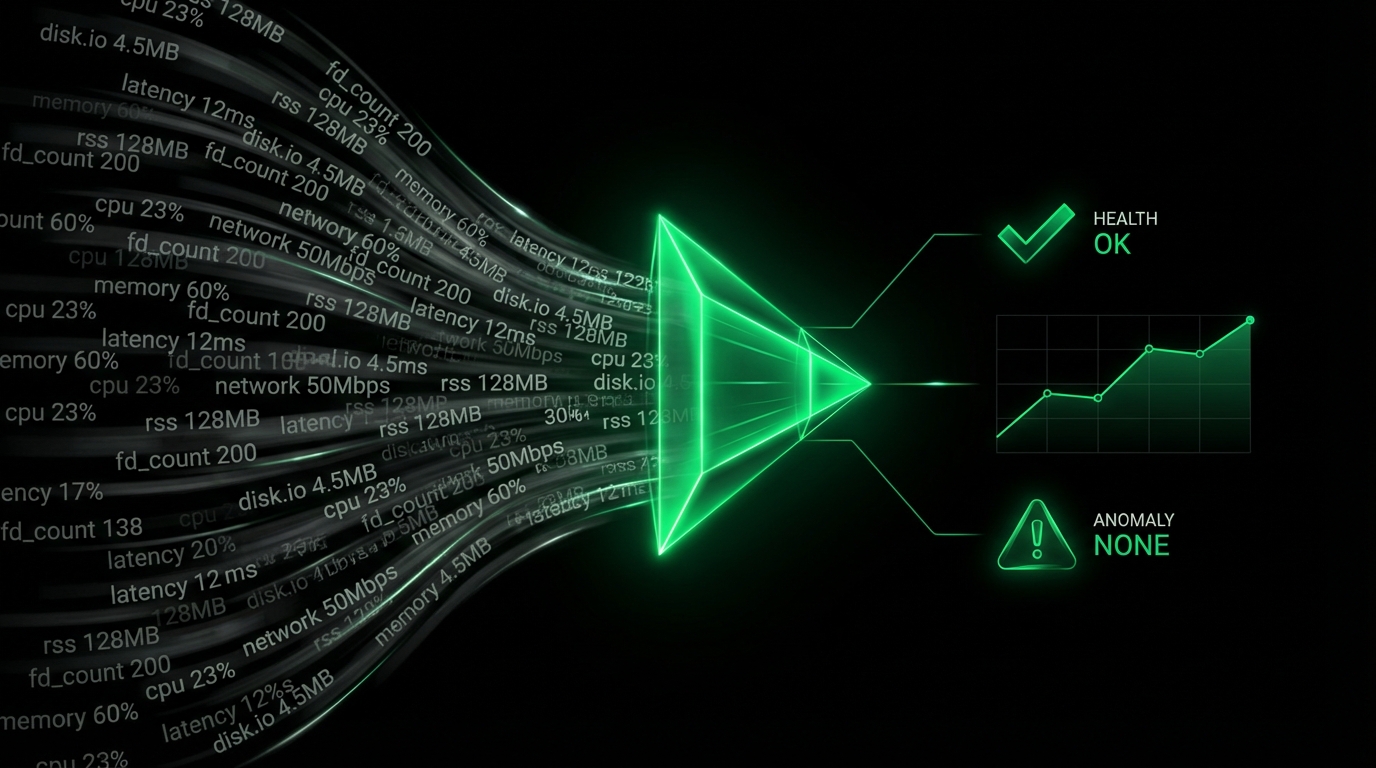IPFS Monitoring
What Is IPFS?
IPFS (InterPlanetary File System) is a protocol and peer-to-peer network for storing and sharing data in a distributed file system. IPFS allows users to host and receive content in a decentralized manner, making it well-suited for distributed and resilient applications.
Monitoring IPFS With Netdata
To effectively monitor IPFS, you need a robust tool that provides real-time insights into network activity, file storage, and other critical metrics. Netdata’s IPFS monitoring tool offers comprehensive visibility, enabling you to ensure the stability and performance of your IPFS nodes.
Why Is IPFS Monitoring Important?
Monitoring IPFS is crucial because it:
- Helps maintain optimal performance by identifying bottlenecks.
- Ensures system health by tracking datastore utilization and bandwidth usage.
- Aids in troubleshooting and resolving issues efficiently by providing granular metrics.
What Are The Benefits Of Using IPFS Monitoring Tools?
An effective IPFS monitoring tool like Netdata:
- Provides real-time, high-granularity metrics.
- Is easy to set up and scale across multiple instances.
- Offers integrations with various platforms for seamless monitoring across your infrastructure.
Understanding IPFS Performance Metrics
To effectively monitor IPFS, it’s essential to understand its key performance metrics:
IPFS Bandwidth
- Description: Tracks the bandwidth usage in bytes per second.
- Importance: Essential for identifying network traffic patterns and potential bottlenecks.
IPFS Peers
- Description: Monitors the number of peers connected to the IPFS node.
- Importance: Indicates the node’s connectivity and potential for data exchange.
IPFS Datastore Space Utilization
- Description: Shows the percentage of datastore space in use.
- Importance: Helps prevent data loss by alerting when space is running low.
IPFS Repo Size
- Description: Measures the total size of the repository in bytes.
- Importance: Useful for understanding storage needs and planning for capacity.
IPFS Repo Objects
- Description: Counts the total number of objects in the repository.
- Importance: Provides insights into the scale and scope of data managed by the node.
IPFS Repo Pinned Objects
- Description: Tracks the number of pinned objects to prevent them from being garbage-collected.
- Importance: Ensures the availability of critical files within IPFS.
| Metric Name | Description |
|---|---|
| IPFS Bandwidth | Bandwidth usage in bytes/s |
| IPFS Peers | Number of connected peers |
| IPFS Datastore Space Utilization | Percentage of datastore space used |
| IPFS Repo Size | Total repository size in bytes |
| IPFS Repo Objects | Total number of objects in the repository |
| IPFS Repo Pinned Objects | Number of pinned objects |
Advanced IPFS Performance Monitoring Techniques
Leverage advanced techniques such as custom alerts and detailed chart visualizations within Netdata to proactively address potential issues. Tailor metrics collection and visualization to fit your unique IPFS deployment needs.
Diagnose Root Causes Or Performance Issues Using Key IPFS Statistics & Metrics
Using Netdata’s real-time monitoring capabilities, you can diagnose IPFS performance issues by exploring detailed statistics and metrics. Identify root causes by correlating spikes in bandwidth, peer count fluctuations, and datastore space alerts.
Get started with IPFS monitoring today! Check out the Live Demo or Sign up for a Free Trial of Netdata.
FAQs
What Is IPFS Monitoring?
IPFS Monitoring involves tracking the performance and health of IPFS nodes, including network activity, storage usage, and peer connections.
Why Is IPFS Monitoring Important?
It is vital for ensuring the reliability, performance, and health of your IPFS deployment, helping prevent data loss and connectivity issues.
What Does An IPFS Monitor Do?
An IPFS monitor collects and analyzes real-time data from IPFS nodes to provide insights into their performance and operational status.
How Can I Monitor IPFS In Real Time?
Use Netdata’s IPFS monitoring tool, which provides real-time, high-resolution data visualization and analysis for your IPFS infrastructure.









